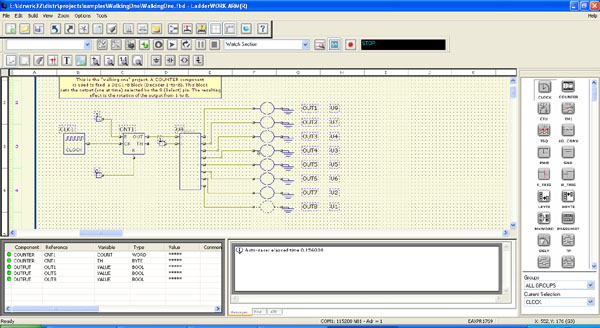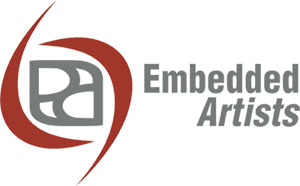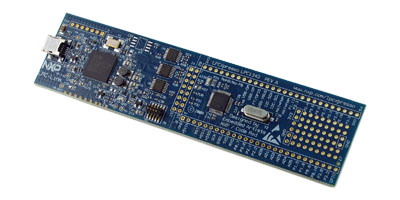|
More than a Ladder language
Ladder standard language is strongly
rigid. Components must be forced in predeterminated cells along two rails
called rungs. Moreover Ladder standard language has great limitations
about feedback connections. LadderWORK broken these limitations introducing
the first free schematic ladder diagram. LadderWORK includes a powerful
schematic editor. Components can be placed anywhere and there isn't limitation
on feedback connections. LadderWORK schematic is more similar to an electrical
circuit. Moreover LadderWORK includes extra components like logical ports
and flip-flops so if you are well-versed in boolean logic you can approach
your problem using these traditional notation.
Electrical notation
approach
LadderWORK is remarkably intuitive!
With LadderWORK you haven't to know nothing about assembler, interrupts
or hardware architectures. All you have to do is think your project as
a electrical scheme where you have to disposition switches, relays and
lamps. Switches means inputs, lamps means outputs and relays gives the
way to create states and elementary memory cells. Many problems related
to control automation can be resolved in few minutes using LadderWORK.
Put a PLC into your microcontroller!
With LadderWORK you can transfom a microcontroller
in a full-featured PLC. LadderWORK and LPCXpresso gives you a way to try
this amazing system. You can have a working PLC few minutes and, as you
can see, just using a microcontroller and few other components.
The LadderWORK Integrated
Development Environment (IDE)
The picture below, represents the apperance
of the program LadderWORK on your computer. LadderWORK has an integrated
environment feature, allowing you to draw schematics, compile programs
and upload code to PLC always working on the same window. The integrated
environments are composed by several parts described below.

Click on the image, or here, for
a high-res picture
Related
Documents and files
|





